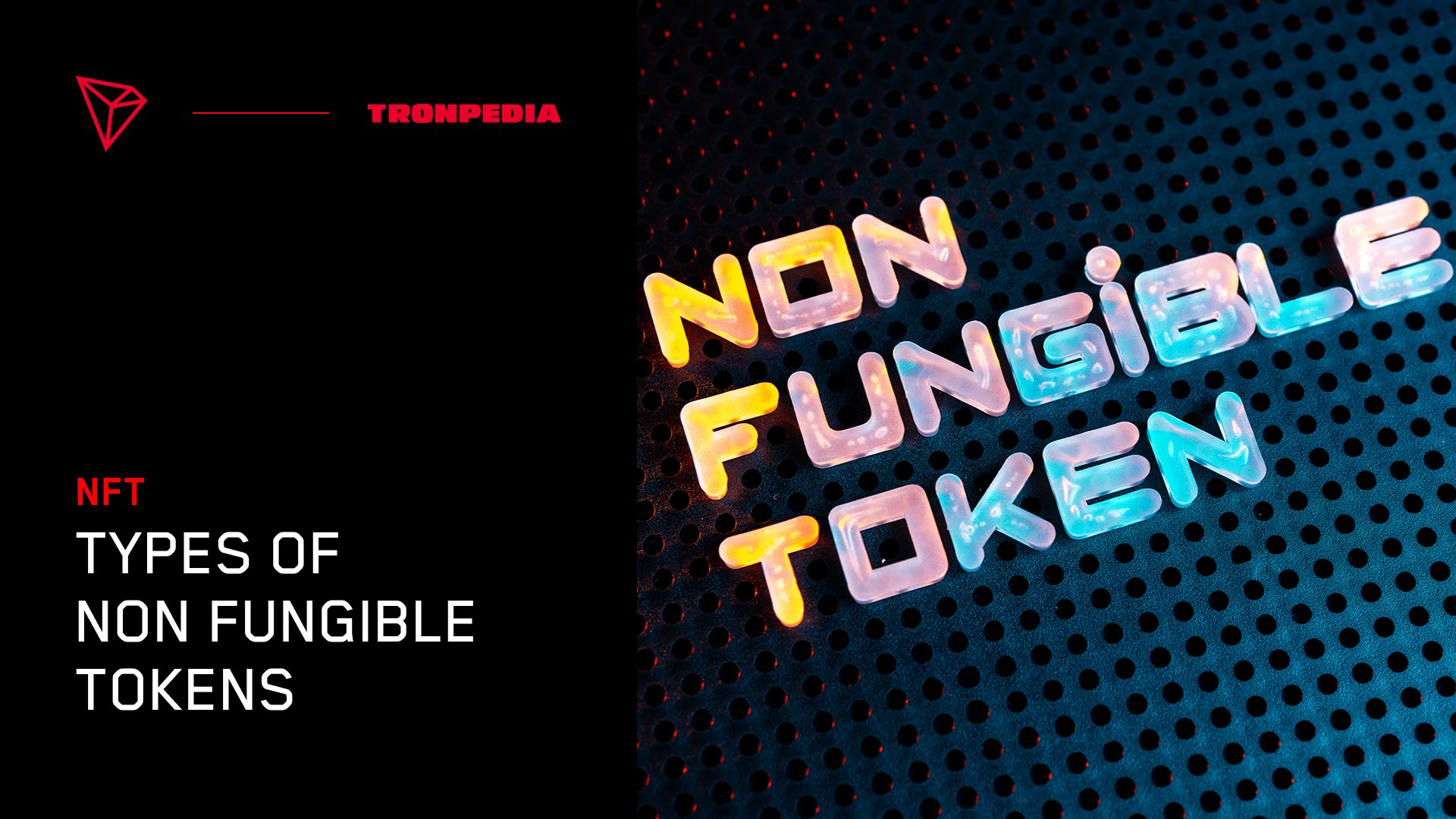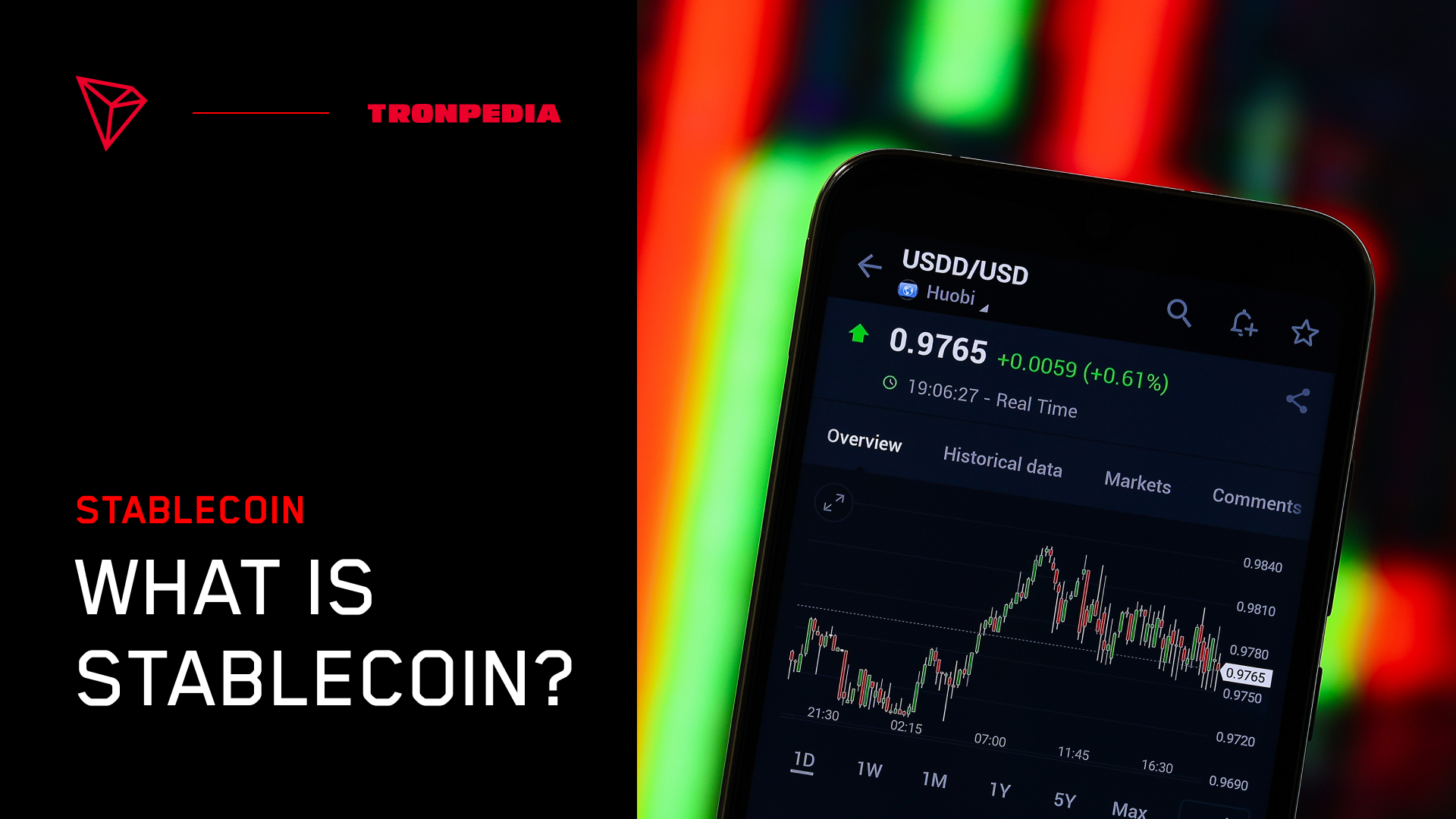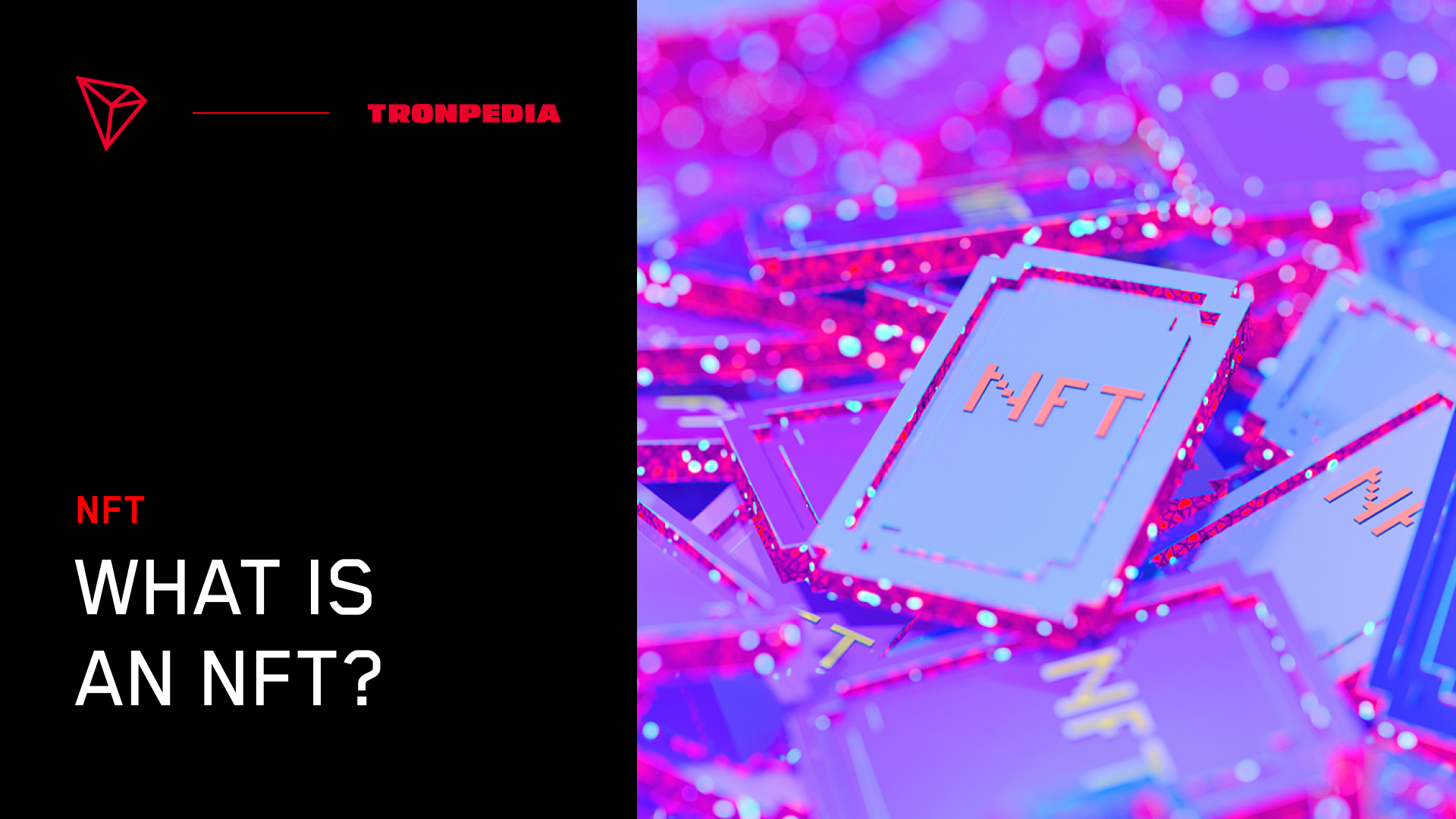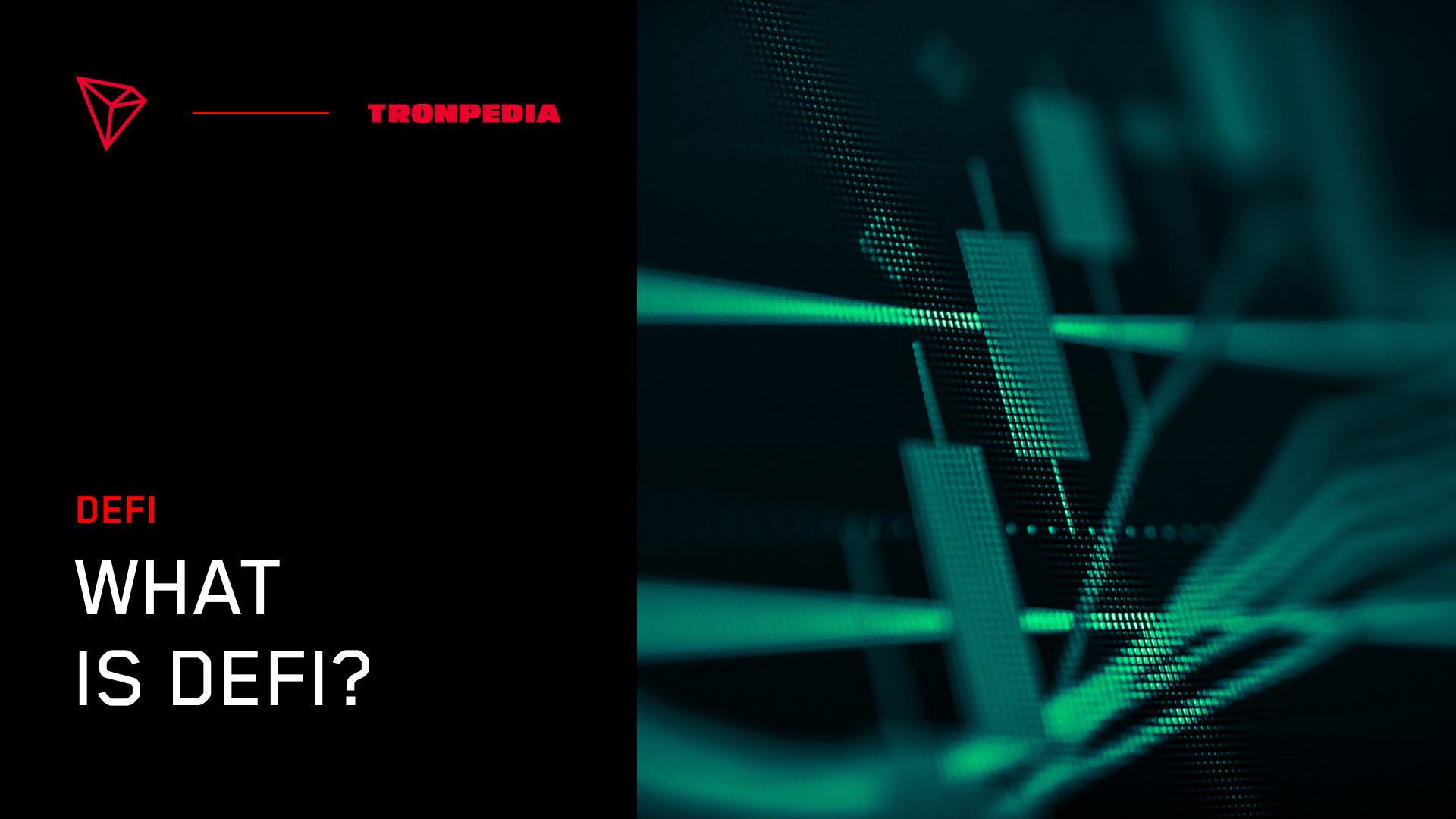What is a Non Fungible Token (NFT)?
An NFT is a non-fungible token. That's a mouthful, so let's break it down. "Fungible" means that something can be replaced by another identical item. For example, one dollar is interchangeable with any other dollar. "Non-fungible" means that something cannot be replaced by another identical item. For example, a painting by Pablo Picasso is unique and cannot be replaced by another Picasso painting. So a non-fungible token is a digital asset that is unique and cannot be replaced by another identical asset.
NFTs are stored on a blockchain, which is a distributed ledger that records transactions in a secure and tamper-proof way. Because they are stored on a blockchain, NFTs can be bought, sold, or traded like any other cryptocurrency. However, unlike other cryptocurrencies, NFTs can be used to represent a plethora of real-world assets as you will see throughout this article.
The use of NFTs is still in its early days, but there are already some platforms that allow you to buy, sell, or trade NFTs. For example, the popular game CryptoKitties allows users to buy, sell, or trade virtual cats that are stored as NFTs on the Ethereum blockchain and on TRON. Similarly, the decentralized marketplace OpenSea and ApeNFT allows users to buy, sell, or trade a wide variety of NFTs representing digital assets such as artworks, game items, and more.
So what's the big deal with NFTs? One key advantage of NFTs is that they can help to address the problem of counterfeit goods. Because each NFT is unique and stored on a secure blockchain, it is very difficult to create fake NFTs. This makes them an appealing option for artists and creators who want to ensure that their work is not plagiarized or counterfeited. Additionally, because NFTs are stored on a blockchain they can be easily bought, sold, or traded without the need for a central authority such as a bank or government. This makes them an attractive option for people who want to trade digital assets in a decentralized way.
Digital Artwork NFTs
Digital artwork NFTs are probably the most well-known type of NFT. As the name suggests, these NFTs represent digital artworks. For example, an artist could create a digital painting and then mint it as an NFT. The advantage of storing digital artworks as NFTs is that it allows artists to track ownership and ensure that their work is not plagiarized or counterfeited.
One popular platform that allows users to buy, sell, or trade digital artwork NFTs is ApeNFT. ApeNFT is a decentralized marketplace where artists can mint and sell their digital artworks as NFTs. The advantage of using ApeNFT is that it allows artists to retain full ownership and control over their work. Another popular platform for buying, selling, or trading digital artwork NFTs is Makersplace. Makersplace is similar to SuperRare in that it allows artists to mint and sell their digital artworks as NFTs. However, one key difference is that Makersplace allows artists to set a price for their work in fiat currency (i.e. USD, EUR, etc.), which makes it more accessible to buyers who may not be familiar with cryptocurrencies.
In-Game Item NFTs
In-game item NFTs are digital assets that represent in-game items. For example, in the popular game Fortnite, players can purchase various cosmetic items such as skins and emotes. If you imagine Fornite as a web3 game, the in-game items would be stored as NFTs on a blockchain and then traded or sold like any other digital asset. The advantage of using NFTs to store in-game items is that it allows players to trade or sell their items without the need for a central authority such as a game developer or publisher.
Music NFTs
Music NFTs are digital assets that represent music. For example, an artist could create a song and then mint it as an NFT. The advantage of storing music as NFTs is that it allows artists to track ownership and ensure that their work is not plagiarized or counterfeited. Since the NFTs are stored on a blockchain they can be easily bought, sold, or traded without the need for a central authority such as a record label.
Collectible NFTs
Collectible NFTs are digital assets that represent physical or virtual collectibles. For example, an individual could mint a virtual cat as an NFT. The advantage of storing collectibles as NFTs is that it allows individuals to track ownership and ensure that their collections are authentic. Additionally, because NFTs are stored on a blockchain they can be easily bought, sold, or traded without the need for a central authority such as an auction house.
Avatar NFTs
Avatar NFTs are digital assets that represent virtual or physical avatars. For example, an individual could mint a virtual avatar as an NFT. The advantage of storing avatars as NFTs is that it allows individuals to track ownership and ensure that their avatar is unique. Additionally, because NFTs are stored on a blockchain they can be easily bought, sold, or traded without the need for a central authority such as a game developer or publisher.
Identity NFTs
Identity NFTs are digital assets that represent an individual's identity. For example, an individual could mint their driver's license as an NFT. The advantage of storing identity information as NFTs is that it allows individuals to prove their identity without the need for a central authority such as a government. Since blockchains are secure, these NFTs cannot be easily counterfeited, ensuring that only genuine identity information is being traded.
Proof of Concept NFTs
Proof of concept NFTs are digital assets that represent a proof of concept. For example, an individual could mint a prototype as an NFT. The advantage of storing a proof of concept as an NFT is that it allows individuals to track ownership and ensure that their work is not plagiarized or counterfeited. These NFTs attempt to remove the need for a central authority such as a patent office as they are stored on the blockchain and can be easily bought, sold, or traded.
Redeemable NFTs
Redeemable NFTs are digital assets that represent physical or virtual redeemable items. For example, an individual could mint a virtual coupon as an NFT. The advantage of storing redeemable NFTs is that it allows individuals to track ownership and ensure that their redeemable is authentic.
Wrap Up
As you can see, there are many different types of non fungible tokens that are being used for a variety of purposes. The use cases for NFTs are only limited by our imagination. So far, we have seen countless use cases for NFTs ranging from music to collectibles, and even identity. It is evident that NFTs have a bright future and will continue to change the way we interact with the digital world.




